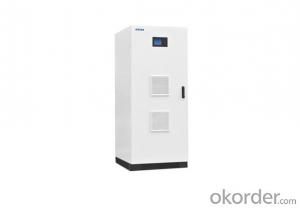48V Solar Inverter DC Power Distribution Cabinet Intelligent Monitoring Unit with LCD Display
- Loading Port:
- Guangzhou
- Payment Terms:
- TT OR LC
- Min Order Qty:
- 10 unit
- Supply Capability:
- 10000 unit/month
OKorder Service Pledge
OKorder Financial Service
You Might Also Like
Product features
The external auxiliary power source is compatible with the output voltage of solar inverter
Good performance for heat dissipation and overload capability
Optional anti-feedback diode is available
The cabinet is available in Universal type or Kstar-dedicated one
Kstar-dedicated DC power distribution cabinet requires no auxiliary power to adjust the speed of fans. They are controlled by the solar inverter itself
Intelligent monitoring unit and LCD display. The monitoring function is better, and more convenient
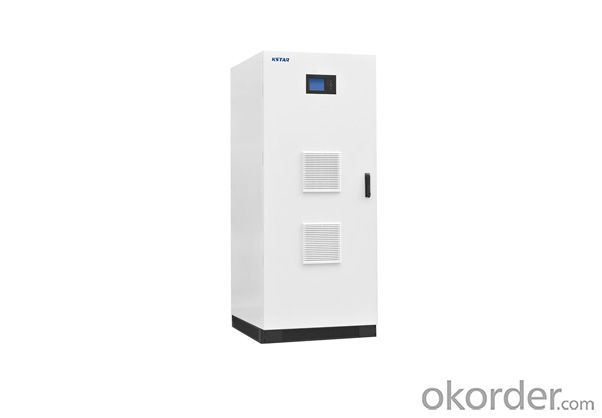
Product Parameter
SOLAR ENERGY DEEP CIRCULATION SERIES
2V: 200~2000Ah;
12V: 38~200Ah
Q 1. what's the payment term?
A. We accept TT,30% deposit and 70% balance agaisnt copy of BL
Q 2. how's the delivery time ?
A. usually it will take about 25 days for production
Q 3. tell me the standard of package?
A. For the small capacity, it use carton, but for big capacity, we will use strong wooden case for protection.
Q 4. what kind of material of transformer?
A. we have two types, one 100% copper and the other is copper with aluminum.It depends on your requirment. In fact,those two have no difference if normal work well. Only except the longlife. Copper is better and also higer price.
Q 5.Could you offer Form A or C/O ?
A. It totally not a problem. We can prepare relative documents to forgin affairs office or other office to apply for this certificate.
Q 6.Would you accept to use our logo ?
A.If you have good quantity,it absolute no problem to do OEM.
Q 7.We want to know month capacity.
A. It depends on which model.For example for relay type small capacity , month capacity can reach near 20000pcs and big capacity near 3000pcs.
Q 8.Where is your market?
A. Our products are popular in russia, indonisia, Philippines,italy, america, pakistan and so on.Some of them are our regular customers and some of them are developing. We hope you can join us and make mutural benifit from our cooperation.
Q9. what kind of certificate you have ?
A. Our company already achieve ISO, CCC, and for products, we have CE, TUV, SAA, G58, C10/11,SONCAP, GOST, UL(pending) .

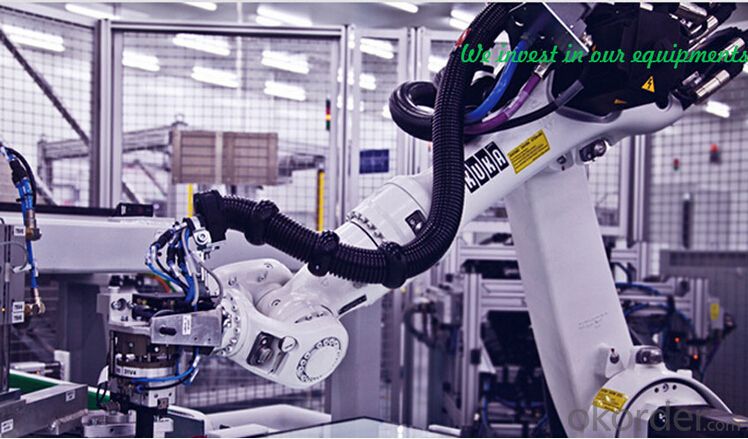
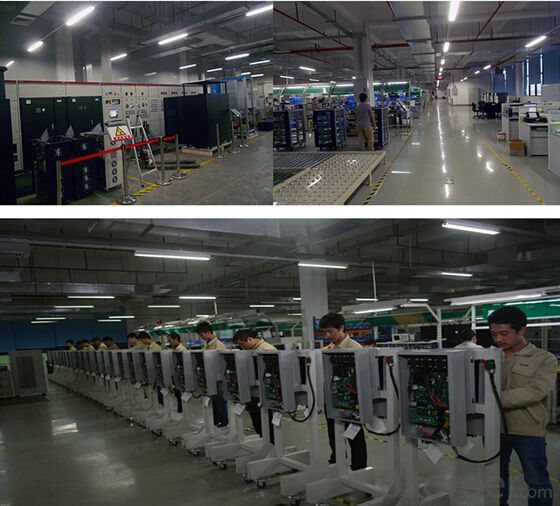
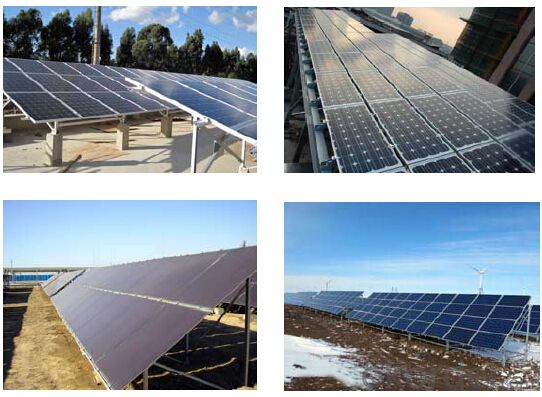
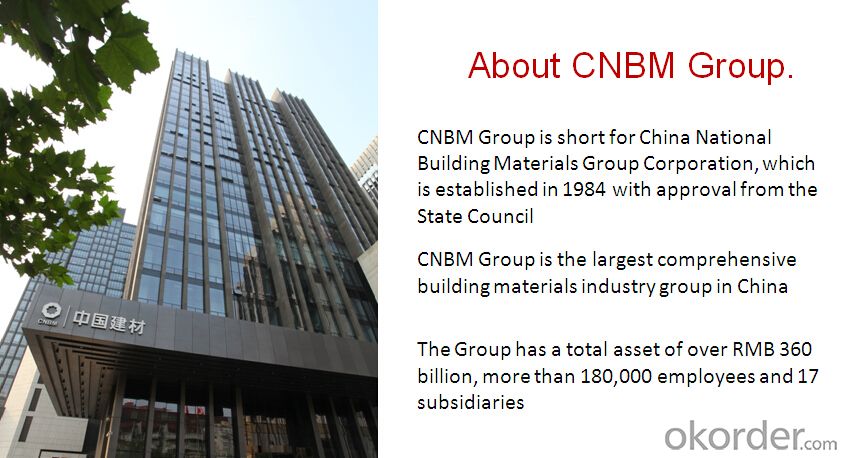

- Q: What is the importance of surge protection in a solar inverter?
- Surge protection is of utmost importance in a solar inverter due to several reasons. Firstly, solar inverters are responsible for converting the direct current (DC) generated by solar panels into alternating current (AC) that can be used to power electrical devices. During this conversion process, there is a potential for power surges or voltage spikes to occur. These surges can damage the sensitive electronic components within the inverter, leading to malfunctions or complete failure. Secondly, solar inverters are often connected to the electrical grid, allowing excess electricity generated by the solar panels to be fed back into the grid. However, the grid can be prone to power fluctuations and surges caused by lightning strikes, utility switching, or other external factors. Without adequate surge protection, these power surges can travel back through the grid and damage the solar inverter. Furthermore, surge protection is essential in safeguarding the entire solar power system. In addition to the solar inverter, there are other components such as charge controllers, battery systems, and monitoring equipment that are interconnected. A surge in any part of the system can potentially damage or disrupt the entire system's operation. By installing surge protection devices, such as surge suppressors or surge arresters, in the solar inverter, the excess energy from power surges is diverted away from the sensitive electronic components. These devices are designed to absorb or redirect the surge, protecting the inverter and other connected equipment. In conclusion, surge protection is crucial in a solar inverter to prevent damage from power surges during the conversion process, protect against external power fluctuations from the grid, and safeguard the entire solar power system. Investing in proper surge protection ensures the longevity and reliable operation of the solar inverter, minimizing the risk of costly repairs or replacements.
- Q: What is the role of a solar inverter in a utility-scale system?
- The role of a solar inverter in a utility-scale system is to convert the direct current (DC) electricity produced by solar panels into alternating current (AC) electricity that can be used by the utility grid. In addition to this basic function, a solar inverter also monitors and controls the performance of the solar panels, ensures maximum power generation, and provides safety features such as grid synchronization and protection against voltage fluctuations.
- Q: Photovoltaic grid-connected inverter without DC emc how will happen
- can convert light energy into electricity, so that the current flow from one side to the other, the general can be issued equivalent to 10 to 20% of the received light energy. In general, the stronger the light, the more electricity is generated. Its working principle is based on the semiconductor PN junction of the photovoltaic effect. The so-called photodynamic effect is when the object by the light, the object within the charge distribution of the state of the electromotive force and current generated an effect.
- Q: Can a solar inverter be used with a solar-powered air conditioning system?
- Yes, a solar inverter can be used with a solar-powered air conditioning system. A solar inverter is responsible for converting the direct current (DC) produced by solar panels into alternating current (AC) that can be used to power appliances. In the case of a solar-powered air conditioning system, the solar inverter enables the AC produced by the solar panels to be used by the air conditioning unit. This allows for the efficient use of solar energy to power the air conditioning system, reducing reliance on the grid and promoting sustainability.
- Q: What is the role of a power factor correction circuit in a solar inverter?
- The role of a power factor correction circuit in a solar inverter is to improve the power quality and efficiency of the inverter by reducing the reactive power and improving the power factor. This circuit ensures that the energy from the solar panels is effectively converted and delivered to the electrical grid, leading to a more stable and efficient operation of the solar inverter system.
- Q: Can a solar inverter be used with different battery chemistries?
- Yes, a solar inverter can be used with different battery chemistries as long as the inverter is compatible with the specific battery chemistry and its voltage requirements. However, it is important to ensure that the inverter is designed to work efficiently with the particular battery chemistry to avoid any compatibility issues or potential damage to the system.
- Q: What is the role of a solar inverter in voltage control?
- The role of a solar inverter in voltage control is to convert the direct current (DC) generated by solar panels into alternating current (AC) that is suitable for use in the electrical grid. It also ensures that the voltage output from the solar panels matches the voltage requirements of the grid, thereby maintaining a stable and consistent voltage level. This helps prevent voltage fluctuations and ensures efficient power transmission and distribution.
- Q: What is the role of a voltage regulation feature in a solar inverter?
- The role of a voltage regulation feature in a solar inverter is to ensure that the output voltage remains stable and within a specified range, regardless of fluctuations in the input voltage from the solar panels. This feature helps to protect the connected appliances and devices from damage due to overvoltage or undervoltage, and also optimizes the efficiency and performance of the solar inverter system.
- Q: How does a solar inverter synchronize with the electrical grid?
- A solar inverter synchronizes with the electrical grid by constantly monitoring the voltage and frequency of the grid. It adjusts its own output voltage and frequency to match the grid's, ensuring that the electricity generated by the solar panels is in phase and synchronized with the grid. This synchronization allows the solar power to be seamlessly integrated into the grid, enabling efficient power transfer and preventing any disruption to the supply.
- Q: Can a solar inverter be used with a solar carport?
- Yes, a solar inverter can be used with a solar carport. A solar inverter is a device that converts the direct current (DC) electricity generated by solar panels into alternating current (AC) electricity that can be used to power various electrical devices. In the case of a solar carport, the solar panels installed on the carport structure can generate DC electricity, which can then be converted into AC electricity by the inverter to power electric vehicles or to be fed back into the grid.
Send your message to us
48V Solar Inverter DC Power Distribution Cabinet Intelligent Monitoring Unit with LCD Display
- Loading Port:
- Guangzhou
- Payment Terms:
- TT OR LC
- Min Order Qty:
- 10 unit
- Supply Capability:
- 10000 unit/month
OKorder Service Pledge
OKorder Financial Service
Similar products
Hot products
Hot Searches
Related keywords
